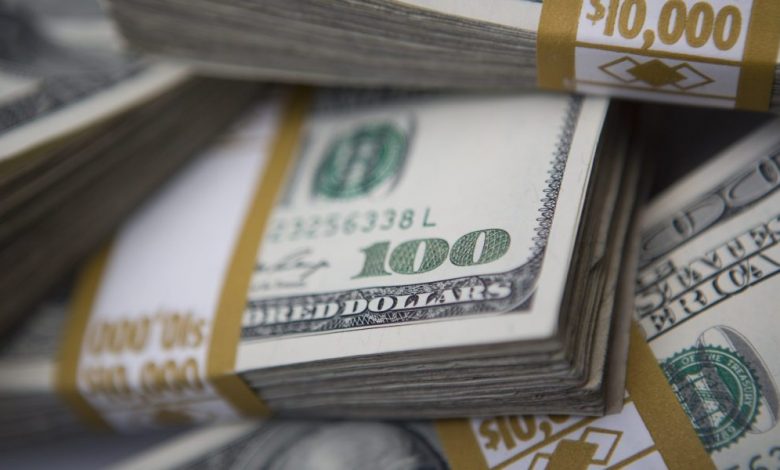Interest rates on Treasury bills are now outperforming traditional stock-bond portfolios

For the first time in more than two decades, some of the world’s least risky securities are delivering larger payouts than a 60/40 portfolio of stocks and bonds.
The yield on six-month US Treasury bills rose to 5.14% on Tuesday, the highest since 2007. It was above the 5.07% yield on the traditional mix of US equities and fixed income for the first time since 2001 on the weighted average earnings yield of the S&P 500 index and the Bloomberg USAgg index for bonds.
The shift underscores just how much the Federal Reserve’s most aggressive monetary tightening since the 1980s has turned the investment world upside down, steadily raising the “risk-free” interest rates — like those on short-dated government bonds — that serve as a base around the world drove financial markets.
The steep rise in these payouts has reduced investors’ incentive to take risk and marks a break from the post-financial crisis era when persistently low interest rates drove investors to increasingly speculative investments in order to seek higher returns. Such short-term securities are typically referred to as cash in investment jargon.
“After a 15-year period often characterized by the high cost of holding cash and non-participation in markets, tightening policies reward caution,” Morgan Stanley strategists led by Andrew Sheets said in a Notice to Customers.
The yield on six-month bills rose above 5% on February 14, becoming the first US government bond to break this threshold in 16 years. This yield is slightly higher than 4-month and 1-year bills, reflecting the risk of a political skirmish over the federal debt limit at maturity.
The 60/40 yield has also risen since stocks got cheaper and Treasury yields rose, but not as fast as T-bills.
According to Sheets, the high interest rates for short-term government bonds are causing waves on the financial markets. It’s reduced the incentive for typical investors to take on more risk and raised costs for those who use leverage — or borrowed money — to boost returns. He said it also lowered currency-hedged returns for foreign investors and made it more expensive to use options to bet on higher stocks.
Investing in stocks and bonds has also been a challenge lately. After a strong start to the year, the 60/40 portfolio gave up most of its gains as a string of strong economic and inflation data prompted investors to bet for a higher peak for the Fed’s interest rates. That triggered a simultaneous sell-off in stocks and bonds this month. The 60/40 strategy has returned 2.7% this year after falling 17% in 2022, the biggest drop since 2008, according to Bloomberg’s index.
Learn how to navigate and build trust in your organization with The Trust Factor, a weekly newsletter exploring what leaders need to succeed. Login here.



